In the past, Aboriginal artists painted on rock walls, ceremonial objects, clothing, and even their bodies with body paint and dirt or sand while singing or telling stories. Only a few decades ago, we began to see paintings and drawings on canvas and board.
Until the early 1970s, watercolors were the primary medium of choice for artists. In 1948, an Art and Craft center was established at Ernabella mission, where ochre and bark paintings were available to non-indigenous admirers. Read further to know more about the modern approach to aboriginal art.
Aboriginal Art – A Brief History
Aborigines used rocks to depict overhead views of their landscapes as well as depicting their hunted, revered and chosen totemic creatures. Throughout history, these images have had a significant impact on people’s lives. By ‘history’, we mean precisely 55,000 years ago!
It’s as important to the culture as the spoken language. Some aspects of the civilization are unique to other cultures since art was a major platform.
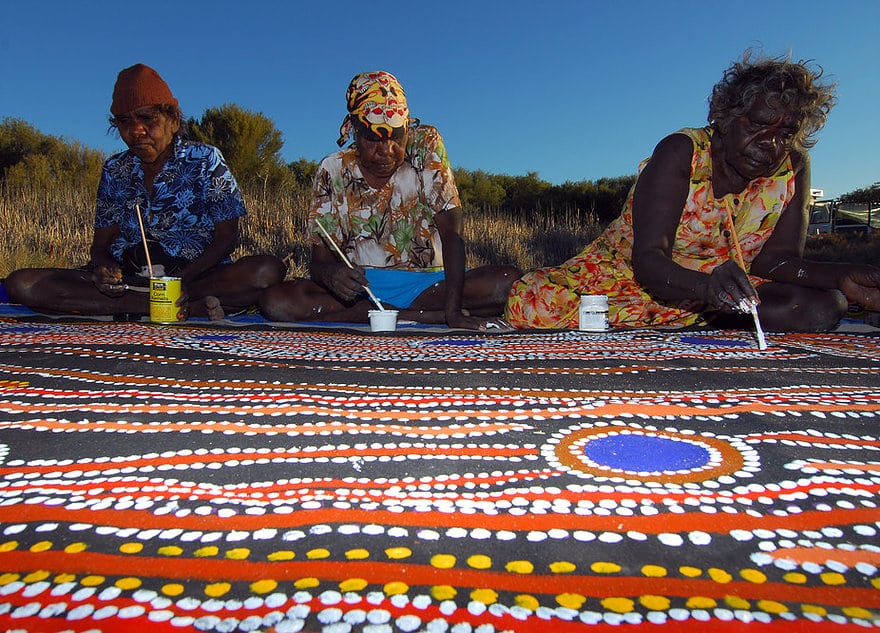
There are strong connections between indigenous cultures and their natural surroundings. They document seasonal changes, animals and spirits that inhabit nature as well as their natural surroundings. It’s not so much a title to land as it is a role of stewardship. Drawings on rocks were used to document these tales.
The rituals and ceremonies that invoked the spirits at the time would have included body painting, sand painting, and other art forms. For a long time, Aboriginal people have used images to communicate with each other.
Aboriginal Art: What You Should Know
Dreamtime Stories Are the Inspiration for Aboriginal Art
Indigenous people believe that the world was created in the ‘Dreamtime’, a period in which important stories and symbols were passed down from generation to generation. For a long time, the Dreamtime stories have been passed down through the generations and are estimated to be as old as 50,000 years.
Dots Were Used as A Means of Concealing Meaning from White Australians
When white settlers arrived in Australia, they feared that non-Indigenous people would decipher the Aboriginal people’s secret knowledge. Double-dotting obscured any meaning, but Aboriginals were able to decipher what was written. The Pintupi people of Western Australia, in particular, have made it one of their most well-known styling techniques.
To Paint an Aboriginal Dreaming, You Must Get Permission from The Aboriginal Community
It is a legal requirement for artists to obtain permission before painting a specific story, especially if the story in question is ancient or important and contains sensitive or sacred information. To be an Aboriginal artist, you have to be related to the story you’re painting.
Nowadays, many family-owned businesses like Artlandish Aboriginal Art buy these artworks from independent artists and curators and help indigenous communities.
Different People Interpret Aboriginal Art in Different Ways
Each layer of the Aboriginal language has a different audience in mind, just like art. The public or children are addressed at the most basic level; the general audience, primarily adults, is addressed at the second level. Also, the spiritual or ceremonial realm is addressed at the highest level. One must understand all three levels of the visual story to portray it accurately as an Aboriginal artist.
Contemporary Aboriginal Art
Only in the last 50 years has Aboriginal art appeared on canvas and board. They were drawn in the sand and accompanied by a song or story in the same way we see them today, scratched on rocks, used in body paint, and even used on ceremonial items.
Schoolteacher Geoffrey Bardon noticed Aboriginal men drawing symbols on the sand while telling stories to others in Papunya in 1971.
The Aboriginal art movement was born due to his encouragement to record their oral histories on board and canvas. Australian Aboriginal Art has since been hailed as the most exciting contemporary art form of the twentieth century. ‘
Contemporary indigenous artists have won many of Australia’s most prestigious art awards, not just indigenous artists. For the past two years, Aboriginal artists have represented Australia at the Venice Bienniale.
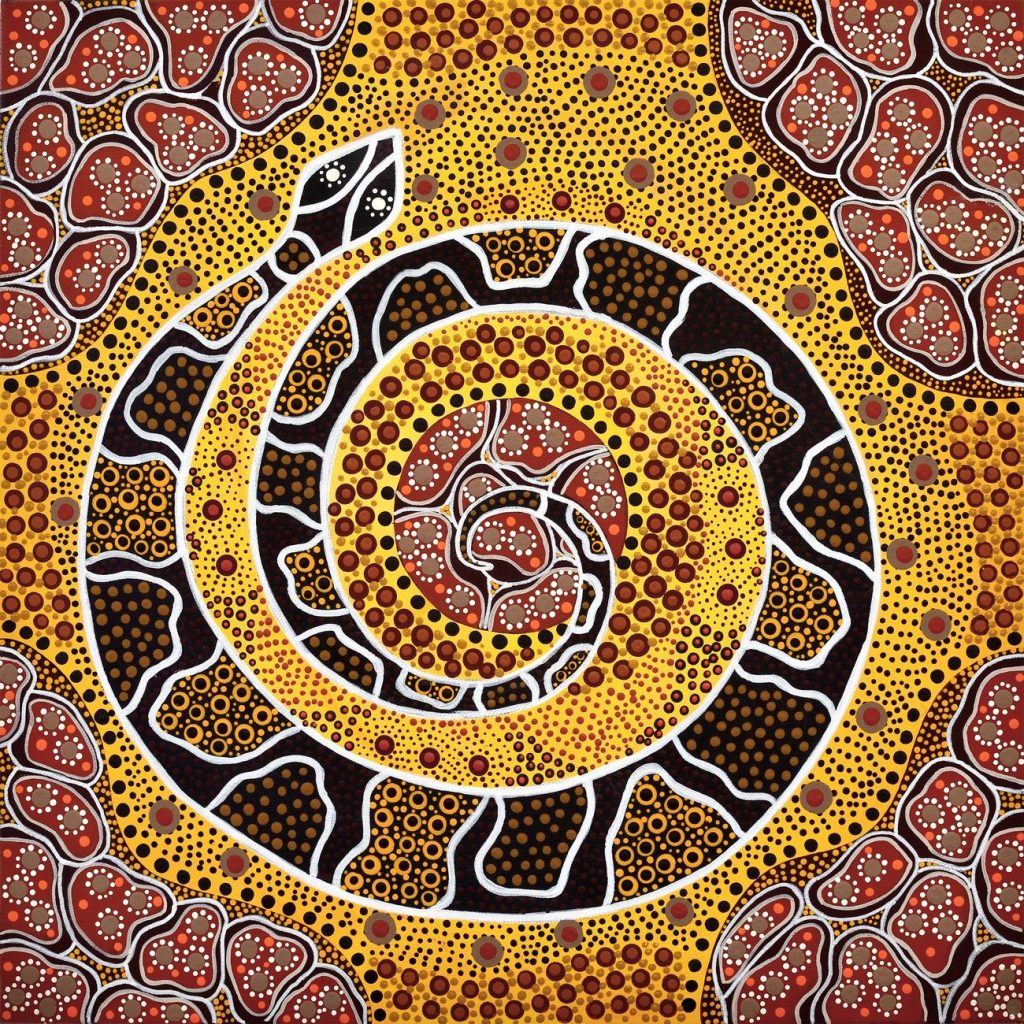
Today, Aboriginal art is widely regarded as a legitimate form of fine art around the world. Artworks on paper, canvas, fiber, and printmaking are just some of the mediums included in this exhibition. Even though these works are based on traditional iconography, their design and color palette are often strikingly contemporary.
Clifford Possum Tjapaltjarri, Kaapa Tjampitjinpa, Emily Kngwarreye, Lorna Napurrula Fencer, Christine Napanangka Michaels, Rover Thomas, and Gloria Petyarre are some of the most prominent names.
Like Michael Cook, William King Jungala, or his daughter Sarrita King, several contemporary Aboriginal artists have developed a unique contemporary style that incorporates their Aboriginal heritage with Western contemporary art practices and techniques. As a contemporary Aboriginal artist, Albert Namatjira produced western-style landscapes that were distinct from traditional Aboriginal art.
Some indigenous artists have adopted Western practices and styles while maintaining their ethnic and cultural identity. As a result of their labeling as Aboriginal artists, there have been political debates and questions about what art really is.
Final Thoughts
By reinforcing the ideals of traditional knowledge, which forms the foundation of Aboriginal art, the art movement has contributed to developing a culture in Aboriginal society.
Aboriginal art is now being produced in hundreds of isolated communities around Australia and by urban Aboriginal artists. Supporting Aboriginal art also helps preserve the language and culture of Indigenous families who live in isolated areas close to their ancestral grounds.
These organizations are the most significant contributors to the art found in galleries and museums across the country.

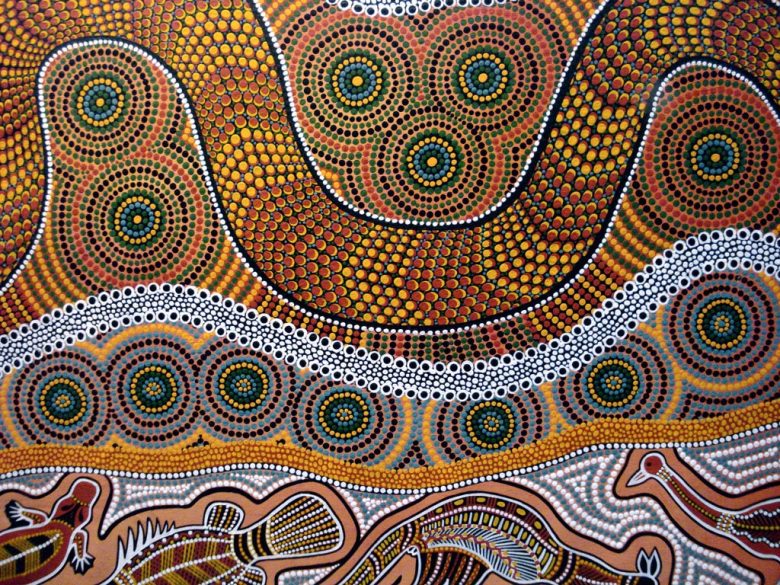
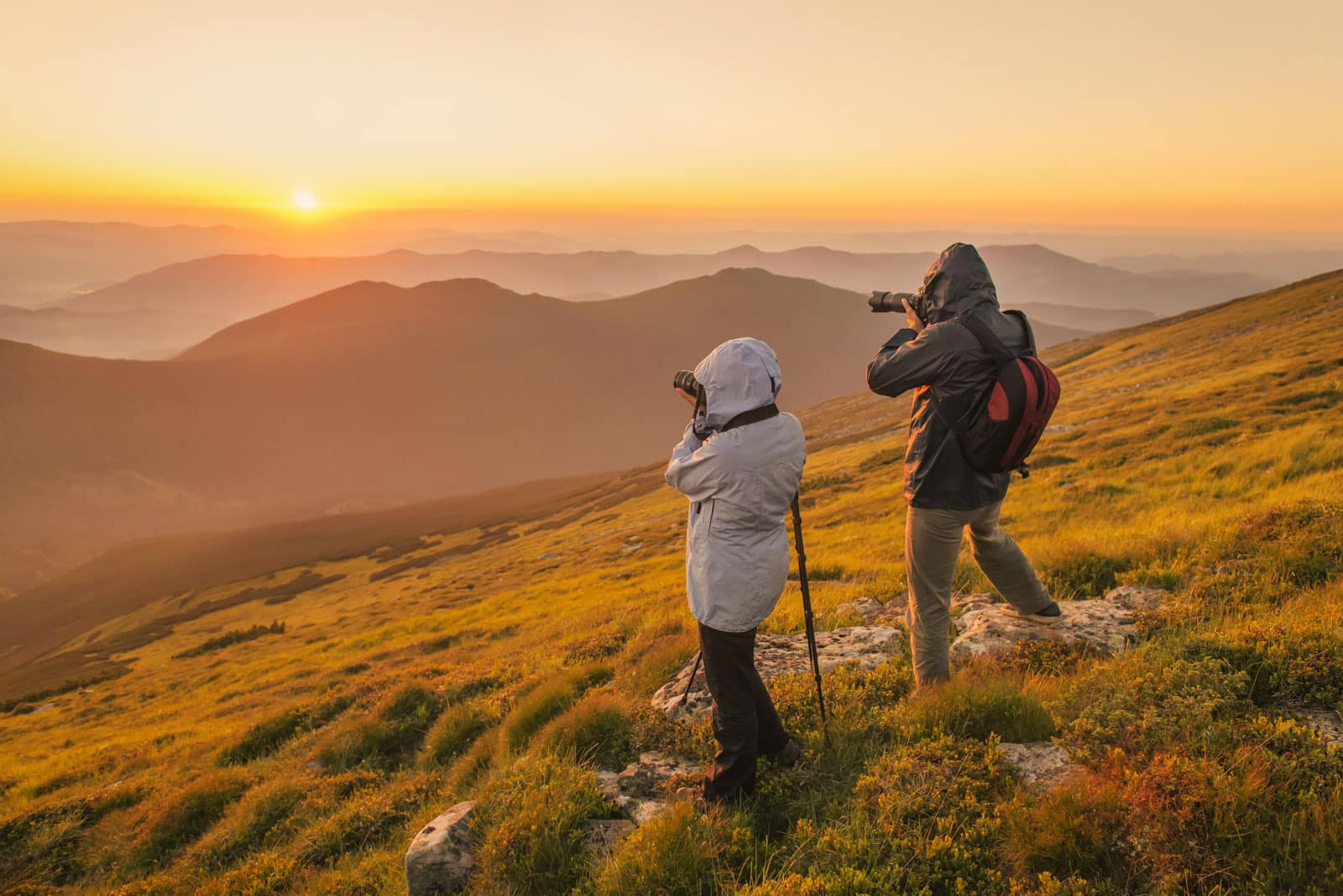







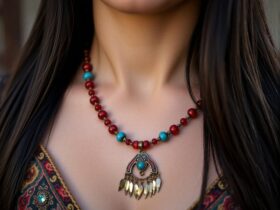


Leave a Reply